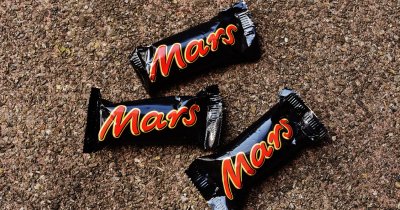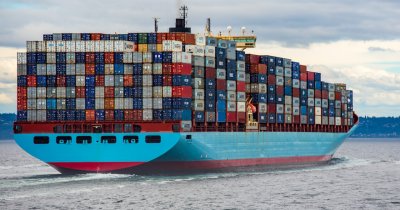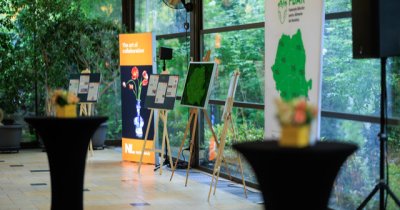How is paper manufactured
Compared to plastic, manufacturing paper technically has a lower carbon footprint, since we don't need to burn as much fossil fuels to mold the prime matter (wood) into different shapes.
Paper is also much older than plastic, as a product, with some researchers believing that China was among the first countries to use paper in the 2nd century AD as a writing alternative to silk.
Of course, back then there were way fewer people on the planet and even fewer actually could use paper to share their thoughts.
Generally speaking, paper is made from softwoods, such as spruce and pine. In order to obtain paper, we can't just cut the tree and get the material. Pulping is the important part that generates it.

There is chemical and mechanical pulping, but both have the same end use, which is the prime matter for paper.
Collecting the paper
Fast-forward to consumption and here we have the piece of paper that you used for documents, for example, which isn't usable anymore by you, the consumer. What do you do with it?
As with plastic, the most important process before recycling is collecting paper and ensuring that we keep it as clean as possible.
After you managed to properly collect your paper and got it ready for pickup, specialized waste managers will take it to sorting centers, which are not yet the final destination of the pieces of paper, but the final stop before that.
Paper can be sorted based on multiple criteria, one being about the texture of the paper. So, if the paper belonged initially in a glossy magazine, it will be treated differently than standard or printer paper.
How is paper recycled
After the sorting, the paper is checked again for any contaminants and the good pieces are baled together and sent to a paper mill. At the mill, the bales of paper are shredded into small pieces, which go into lots of water and chemicals, such as hydrogen peroxide or sodium hydroxide. This process further breaks down the pieces of paper into paper fiber.
The result is the exact same material that was made from the original tree, the mushy pulp. There are some "allowed contaminants", such as staples, paperclips and tapes, which can be removed fairly easily from the pulp paste to allow for the next step to take place.
Chances are that the paper that is being recycled is inked or dyed, which means that it needs to be purified further before it can be reused. This is done in specialized floating tanks, filled with chemicals and air bubbles, which help remove the prints and only keep the white pulp.

At this point in the recycling process, the pulp is 99% water and only 1% paper fiber and is moving to the next step, the paper machine.
After this, the resulted pulp is being squeezed by machinery with rollers to remove excess moisture and then it is passed through heated rollers, which create the long sheets of paper.
The use of recycled paper
Recycled paper is used to create new paper products, including office paper, newspapers and cardboard. In the continuously developing and sustainable world that want to live in, paper is used to make eco-friendly shopping bags and egg cartons as well.
If we take good care of it during its existence and dispose of it properly, without altering its properties, paper can be one of the easiest to recycle materials out there, as we don't need as much energy in order to reprocess it again. Additionally, one new piece of paper can be recycled 5 or 7 times before it loses its properties, so we should take full advantage of that, instead of cutting down carbon-trapping, oxygen-generating trees.
 Mihai - Cristian Ioniță
Mihai - Cristian Ioniță












Any thoughts?